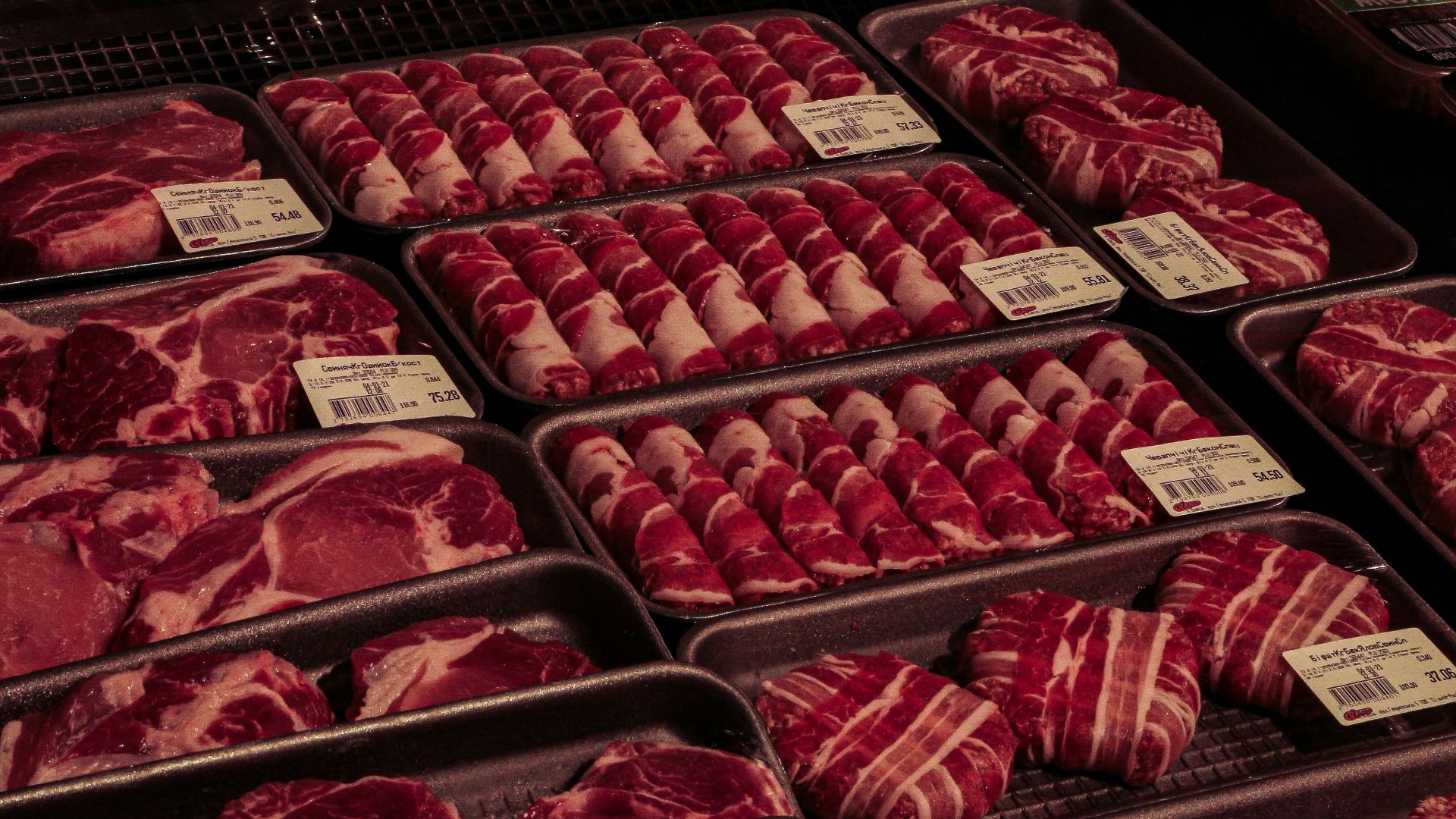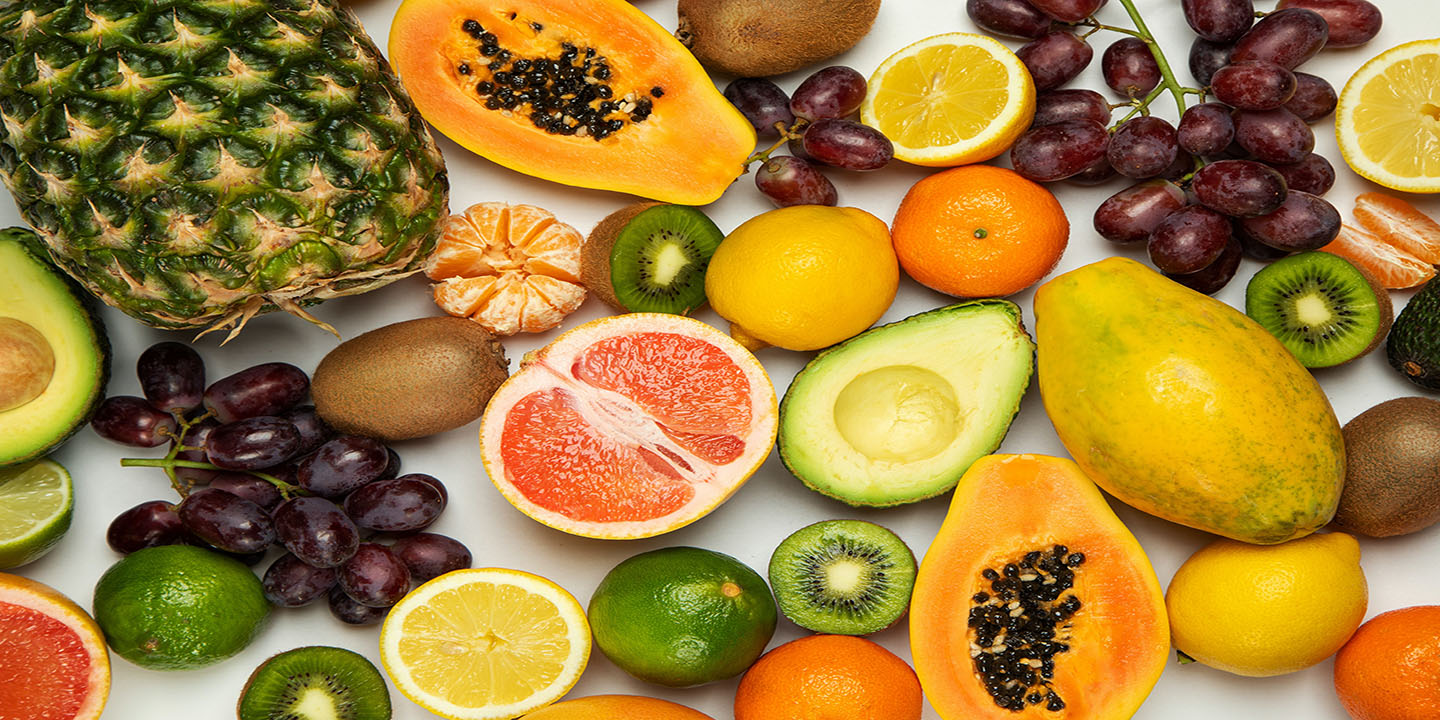There's nothing worse than pulling meat out of your freezer only to find that it's green. It's unsettling and can turn you off eating meat for a while. You expect your freezer to preserve meat for as long as needed. By understanding the science behind why meat turns green in the freezer, you can meal plan more effectively and stop throwing away pricy food. Furthermore, you can learn when green meat needs to actually be thrown away.
Let's review three reasons why your frozen meat keeps turning green, so you can have that steak or pork chop ready to go for your next dinner. Also, keep this information in mind when you're organizing your freezer after your next grocery shop. You want items to be visible and accessible, so they don't get lost in the shuffle and forgotten about.
Myoglobin and Light
The main reason that frozen meat turns green is a protein called myoglobin. Myoglobin is why fresh meat is red, as it binds oxygen to create oxymyoglobin. This results in the red pigment that most people associate with fresh meat.
When meat is frozen, light interacts with it in a way that alters the pigment. Ice crystals and varying oxygen levels can cause myoglobin to oxidize, creating metmyoglobin, which will appear green or brown. There are certain instances where light diffraction, similar to how oil creates a rainbow of colors on water, causes meat to have a greenish sheen.
This can sometimes be an optical effect, and doesn't necessarily mean that the meat is rotten. It's more a matter of how light reflects off frozen or slightly dehydrated muscle fibers. That said, you should only consume meat if you are certain that it hasn't spoiled.
Storage Causes Chemical Changes
Slow chemical reactions can change the pigment of meat over time, even if stored in a freezer. If meat isn't tightly sealed, oxygen can find its way in and mix with the iron in the myoglobin, creating oxidation. These compounds can be brown, gray, or green. It depends on their molecular structure and how light interacts with them.
This is a similar process to what happens to avocados and apples due to air exposure. It just happens at a slower rate for frozen meat. While oxidation alone won't make meat unsafe to eat, it can negatively impact the flavor and texture.
The best way to prevent this oxidation is by vacuum sealing the meat or using airtight packaging or freezer-safe wraps. Any of these will minimize air exposure to varying levels of success.
Bacterial Growth
It's important to know when green meat needs to be discarded. A green or iridescent film might be a sign of contamination, which is especially true if the meat has a slimy texture or sour smell.
Certain bacteria can turn meat a greenish-blue color, even when kept in sub-zero temperatures. If the meat has been thawed and then refrozen, or if the freezer isn't consistently below zero degrees Fahrenheit, bacteria can not only grow but multiply slowly. This will cause discoloration.
The warning signs are color and texture, so pay close attention to the meat in your freezer. If it's slimy or smells bad, then throw it away.
Pulling meat out of your freezer to find it has a green discoloration is alarming, but it's not always a sign of danger. When the meat's color change also has other warning signs, like odor and texture, you should err on the side of caution. Tight packaging, keeping the correct freezer temperature, and labeling food with dates can preserve your meat for longer and ensure it keeps its natural color.
KEEP ON READING

The Most Popular Signature Dishes Around the World








